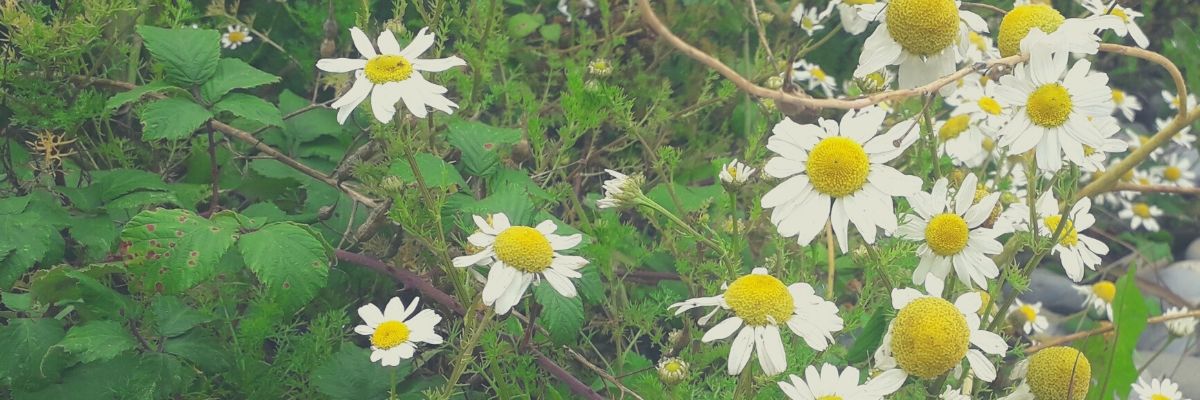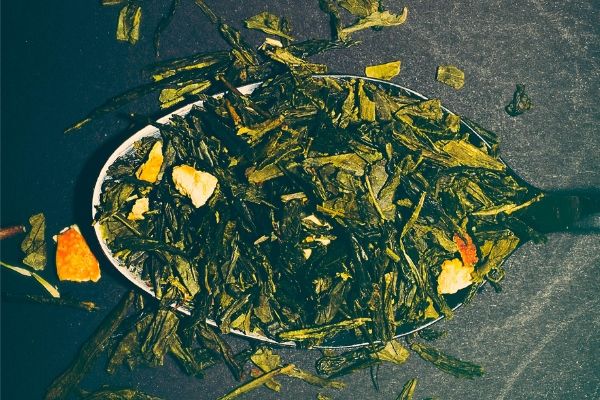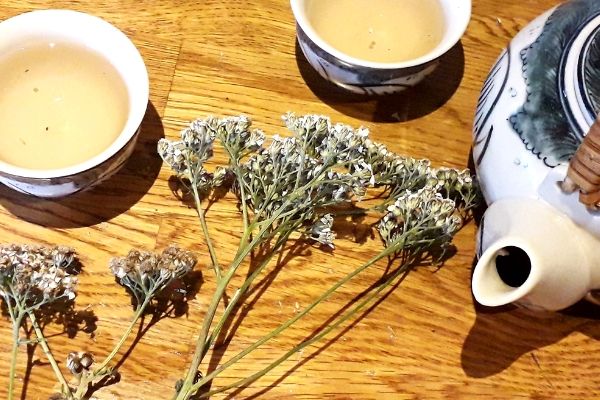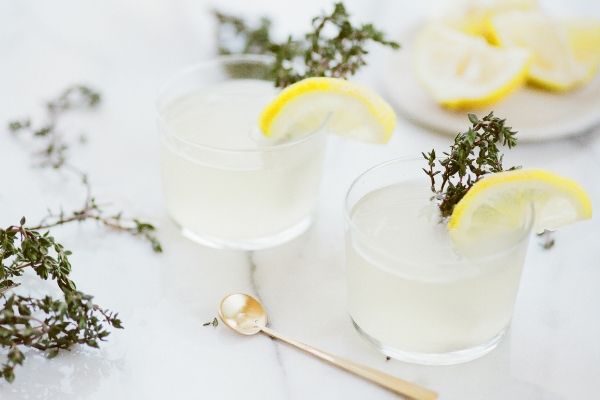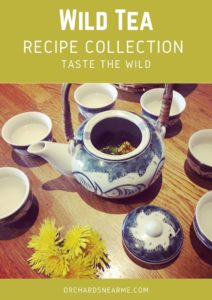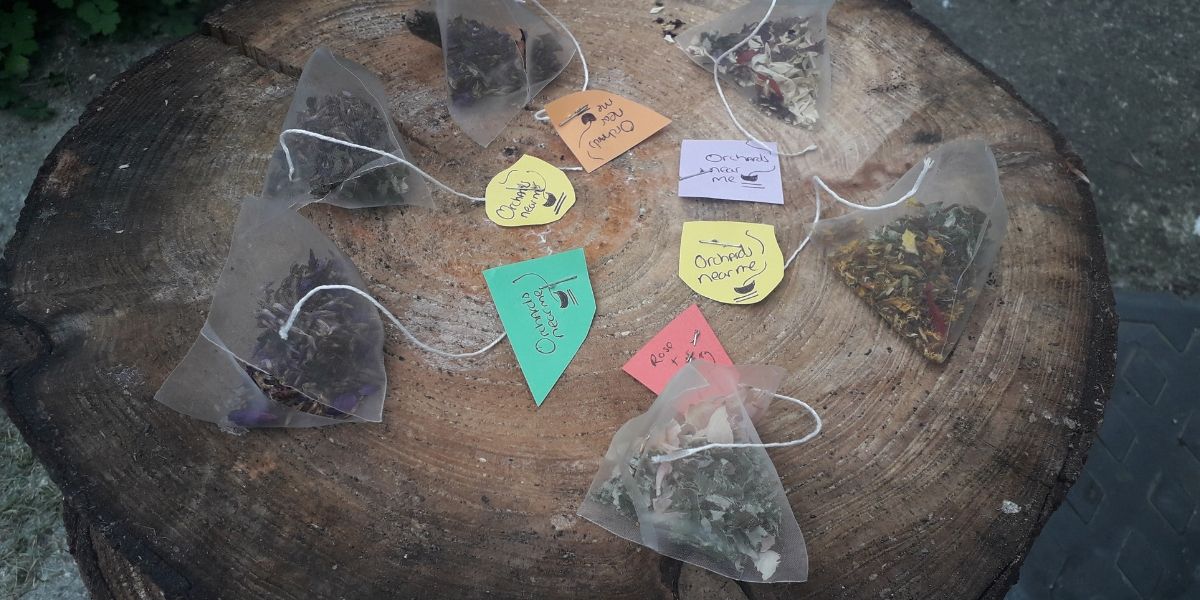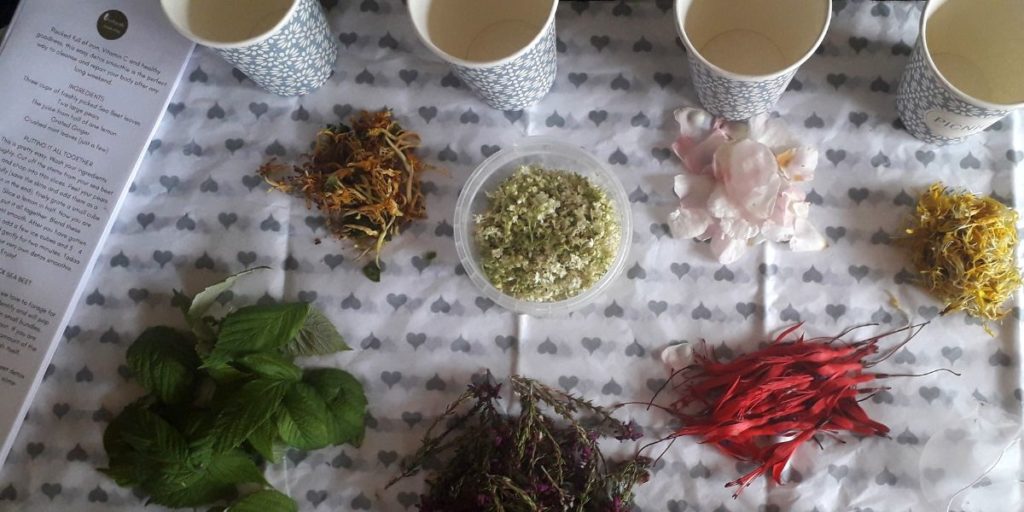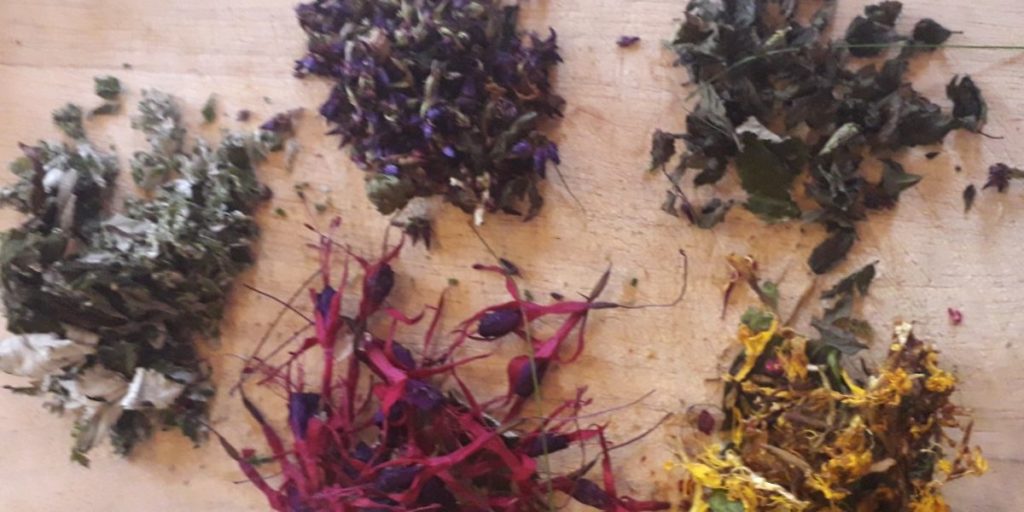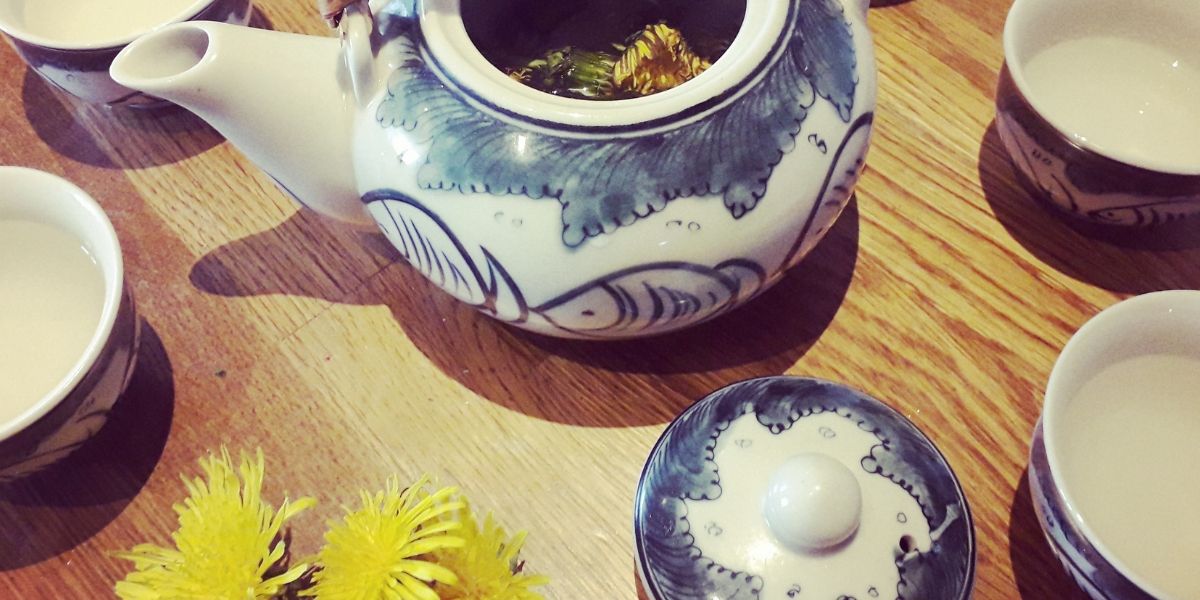Best Wild Herbs for Anxiety
When you are feeling stressed or anxious you will take anything to make this panicked feeling disappear. Everyone experiences anxiety from time to time. Whether its an interview you have to do, an exam you have to take or the stresses of work. However some people suffer more than others and find it difficult to manage their levels of anxiety.
You may already be familiar with the big drugs like zanex or valium but many do not know that natural herbs growing all around us can help us to alleviate the symptoms of anxiety. Why not give a mixture of exercise, meditation and herbal teas a try to tackle your inner demons?
What are the causes of anxiety?
It is usually a combination of factors that include environmental factors and genetics.
What are the symptoms of anxiety?
Every person is different and we all react in different ways. A feeling of panic, an increased heart rate, sweating, rapid breathing, restlessness and a lack of focus are just a few of the many common symptoms of anxiety.
Here are some of the best wild herbs for anxiety:
St.John’s Wort
Dried St.John’s Wort can be a calming tea substitute if you want to relax at the end of your day. The active ingredient of hypericum in this herb is said to interact with the hormones of serotonin and dopamine which are associated with depression. One study by the Cochrane Review Group found that it was as good as standard anti-depressants. However like all things we consume, this herb interacts with all other chemicals in our body so if you are best to consult your doctor if you are taking other medications before messing around with this powerful yellow plant.
Valerian
Used as a medicinal herb since ancient greek and roman times, this bright flower has become well regarded for its treatment of nervousness. Taking a cup of Valerian root tea can help the mind and body to relax, therefore aiding stress and anxiety. Herbalists sometimes use it as a tincture.
Lavender
Lavender has traditionally been used for its calming and therapeutic properties. In some countries a bunch of lavender is placed under a pillow at night-time to improve sleep and you will commonly find lavender scented candles in spa resorts to enhance a calm atmosphere. Evidence suggests that lavender oil taken orally is an efficient mood stabilizer, may be helpful in treating neurological disorders and contains neuroprotective properties.
Lemon Balm
This sweet scented herb has been used for over 2000 years and it is believed to be a mood enhancer. It has the ability to improve cognitive function and has proved effective in the treatment of anxiety. One study published in the Mediterranean Journal of Nutrition and Metabolism found that administration of 300 mg lemon balm extract for 15 days showed to improve symptoms of anxiety and insomnia in participants.
Why try natural remedies for anxiety?
Why not! If you are feeling anxious or stressed sometimes a walk in nature is all you need. Other herbs that we love that you may have access to are ginger and tumeric, both have natural benefits. You can also try cleansing the air of negative energy with some DIY smudge sticks. However if you want to try herbs or other remedies there are plenty of ways to try and tackle those negative feelings and herbs may be one of many things that people have used to sooth the mind since ancient times.



